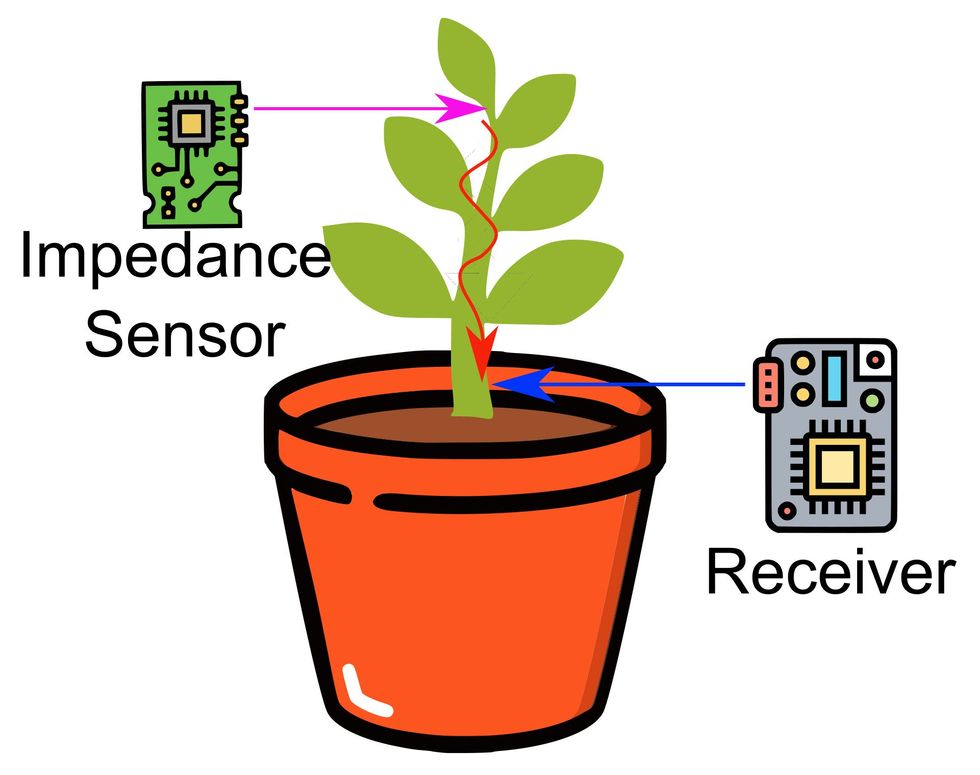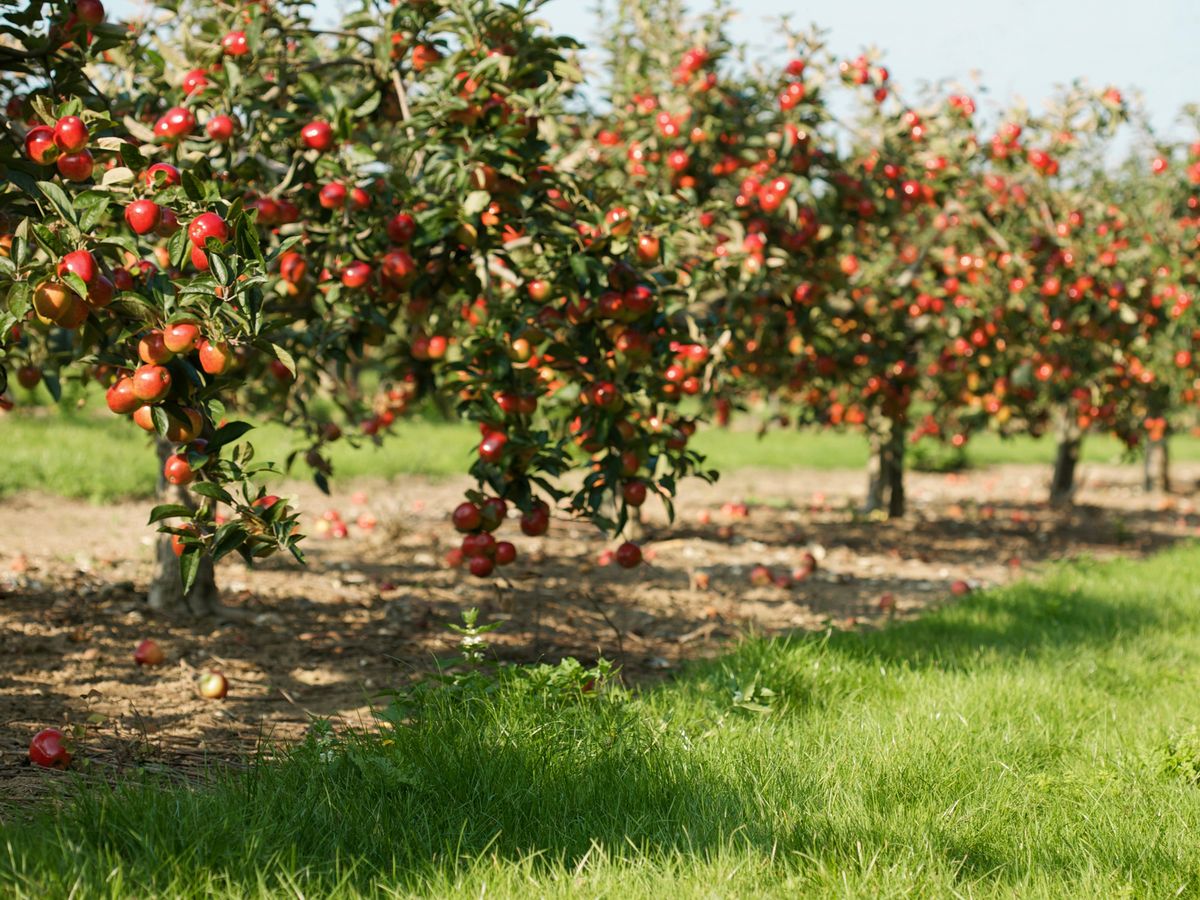This article is part of our exclusive IEEE Journal Watch series in partnership with IEEE Xplore.
As climate change causes many regions of the world to dry up, smart agriculture is one means to adapt to the crisis, and make every last drop of water count. To support this effort, a group of researchers in Italy have created a wearable, low-cost sensor for plants that monitors their water levels, and which is powered via solar energy and electrical energy from microbes in the soil. The sensor is described in a study published in the December issue of the journal IEEE Transactions on AgriFood Electronics.
Umberto Garlando, an assistant professor at the Polytechnic University of Turin in Italy, was involved in the study. He notes that agriculture consumes a considerable amount of water. “Looking directly at the plants to estimate the water needs in agriculture could lead to water savings and a better use of this resource,” he explains, noting this could increase yield and facilitate better food security for everyone.
Therefore, his team set about creating their small, low-cost sensor that is connected directly to the stem of a crop with stainless steel needles just 0.4 millimeters long, acting as electrodes. The sensor measures the electrical impedance of the plant stem, which indirectly measures moisture in the plant based on ions and conductivity. More conductivity along the stem indicates that the plant is better watered.
The sensor has a miniature solar panel for energy harvesting and a supercapacitor for energy storage, which Garlando says are enough to power the device and support continuous operation. The data is transmitted down the stem of the plant as an electrical signal to a receiver placed in the soil. The receiver, which is powered by a Plant Microbial Fuel Cell (PMFC) that extracts energy from the electrical signals of microbes in the soil, reads the signal frequency and then transmits the data to a remote site for processing and analysis.

The researchers first tested their sensor in tobacco plants in a controlled environment, where the sensor’s impedance measurements were confirmed using standard laboratory equipment. Garlando says results suggested the sensor can use electrical impendence to infer the water potential of the plant with 85 percent accuracy. After initial validation of the method, Garlando’s team moved the sensor to apple trees for a nearly year-long test in the field, where he says the sensor’s readings clearly correlated with times of water scarcity.
He notes a lot of advantages of this sensor, including its small dimensions, low power consumption, low cost, wireless capability, and ability to directly monitor plants in the field. “Furthermore, thanks to the flexibility of the designed sensor, it is possible to adapt it to different species of plants. The same device was used both on tobacco plants and apple trees,” he says.
Garlando notes that more research is still needed before he will consider commercializing this technology. His team is partnering with experts at other research institutes to improve the sensor’s resolution and understand what additional information they can extract from this sensor. For instance, he says, they might also be able to infer the concentration of various nutrients in the plant’s stem. He adds that his team would like to reduce the sensor system’s overall cost to enable sufficient numbers of sensors to be affordably placed across large fields.
“Another next step will be the introduction of machine learning and artificial intelligence in the data analysis,” says Garlando. “In the long term, microelectronics will be adopted to integrate the sensor into a single chip. In this way, the cost will be reduced, and it will be possible to miniaturize the sensor.”
- Stress Monitors for Plants Can Spot Dehydration ›
- The Promise of Precision Agriculture in Drought-Ridden California ›
Michelle Hampson is a freelance writer based in Halifax. She frequently contributes to Spectrum's Journal Watch coverage, which highlights newsworthy studies published in IEEE journals.



